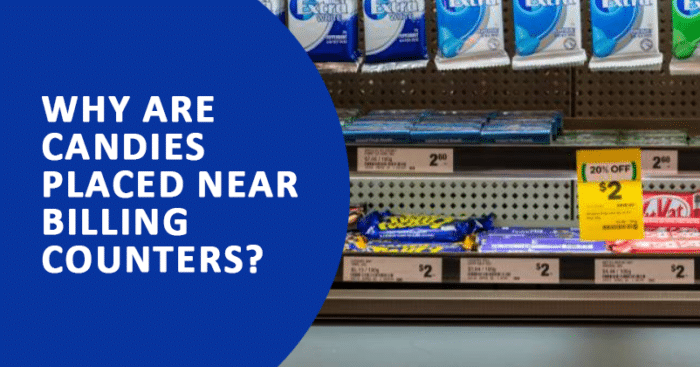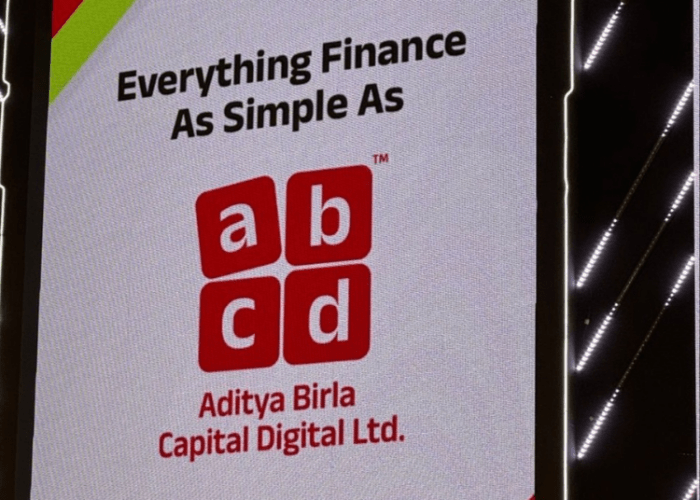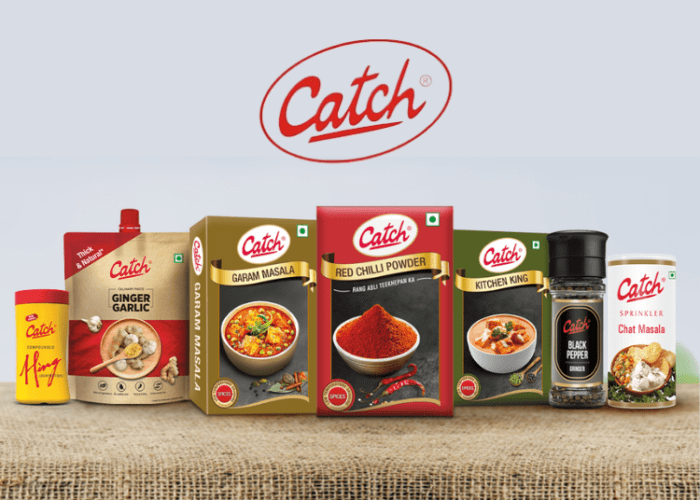While buying groceries, candies are rarely on the list. But their production never ceases to stop, only to have more and more candy brands making their way into markets and our homes!
So why does this happen?
Marketers often use psychology to sell products. And here too, it is the use of marketing tricks that are played, keeping in mind human psychology.
Things like candy bars are called impulse goods. They are bought without any kind of planning, nor do they need a reason to be bought. They are purchased because a customer may just want to, as an impulse.
He or she may just see them, visualize a need for them and purchase it without diving deep. Impulse buying also arises due to the way products are presented.
Reasons behind selling candy at checkout counters?
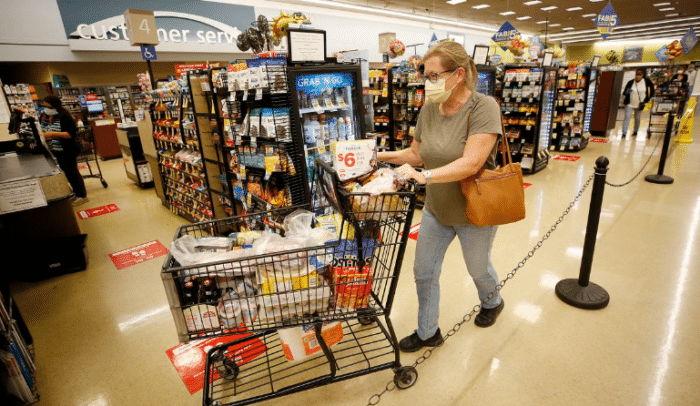
Candies are a very special product. They aren’t really required in large quantities, unless during festive seasons in India, or the holiday season in other countries. And hence, placing them correctly at the right spots raises the possibility of their purchase.
And what other spot than the checkout line can one ask for?
This strategy is also known as the point of purchase placement of products. This strategy involves attracting customers’ attention to small but attractive products that they won’t generally buy on planning, but may not even hesitate to buy when presented in a fascinating and easy manner.
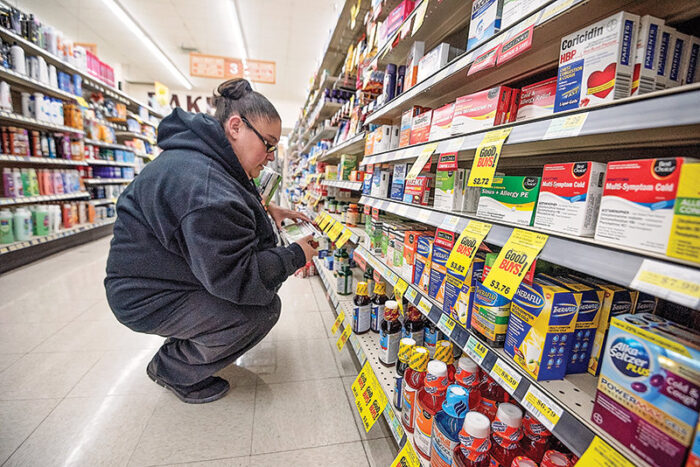
The checkout line is one of the most highly visible places in a grocery or departmental store, which guarantees a look even if you have no intention of buying candy at all.
But why just candy? Many other items like magazines, mints, chocolates, hand sanitizers, sodas, and stationery items too are impulse items, which tend to be bought more from racks at the checkout line, rather than the racks in the store itself.
While paying for other items, a customer is likely to have a look at anything placed remotely nearby the checkout computer system or packing area. A repeated look raises the possibility of purchase, as these are items that aren’t exactly expensive. And so, a decision to take them becomes easier.
Decision Fatigue

Another reason why marketers place impulse products like candy at the end spots of a shopping trip is also due to something called decision fatigue.
The concept behind this is that just like any muscle, your willpower too will get fatigued with use. So, the more decisions asked to be made, the earlier your willpower gets fatigued.
Also, time spent at the entrance and exit gates is shorter and hence provides impetus to defer making the purchase and easier use of willpower. But the time spent at the checkout counter is significantly longer, without much to do thereby aiding impulse purchase.
So, the next time, while reaching out for the next candy at the store, think of all that has got en into getting it there.





